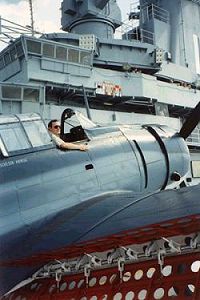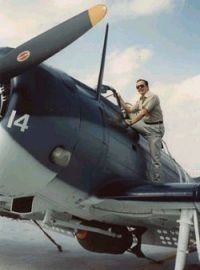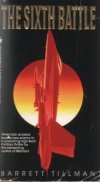
Barrett Tillman
Barrett Tillman grew up on an Oregon wheat and cattle ranch, where he was exposed to agricultural aircraft at an early age. He learned to fly at age 16 in 1965 and became involved in restoration and flying antique aircraft. With his father he owned and operated two WW II navy planes: an N3N-3 biplane trainer and a Douglas SBD-5 dive bomber.


The latter led to his first book, an operational history of the Dauntless. Graduating from the University of Oregon with a journalism degree in 1971, Tillman worked full-time as a freelance writer. In addition to 25 books, he has also written some 400 magazine articles. He founded Champlin Museum Press in Mesa, Arizona, in 1982, and served as managing editor of The Hook magazine in San Diego 1986-89. Since 1990 Tillman has been a full-time writer and novelist.
Novels
His books are gripping reads and abound in "Easter Eggs" for military flight sim nuts. They also put the flying squarely into context as part of larger operations and strategic / tactical goals.
They get my highest possible endorsement.
The Sixth Battle

The Sixth Battle starts with a civil war in South Africa and develops into the most expansive naval battle scenarios I've come across!
The novel draws American and Soviet Carrier forces into an enormous battle in the Indian Ocean East of Africa. The descriptions of Carrier Aviation , Soviet and American, are woven into brilliant panoramas of Naval warfare. A huge range of flight operations are described including aerial refuelling, ground attack, intercepts and anti-ship.
